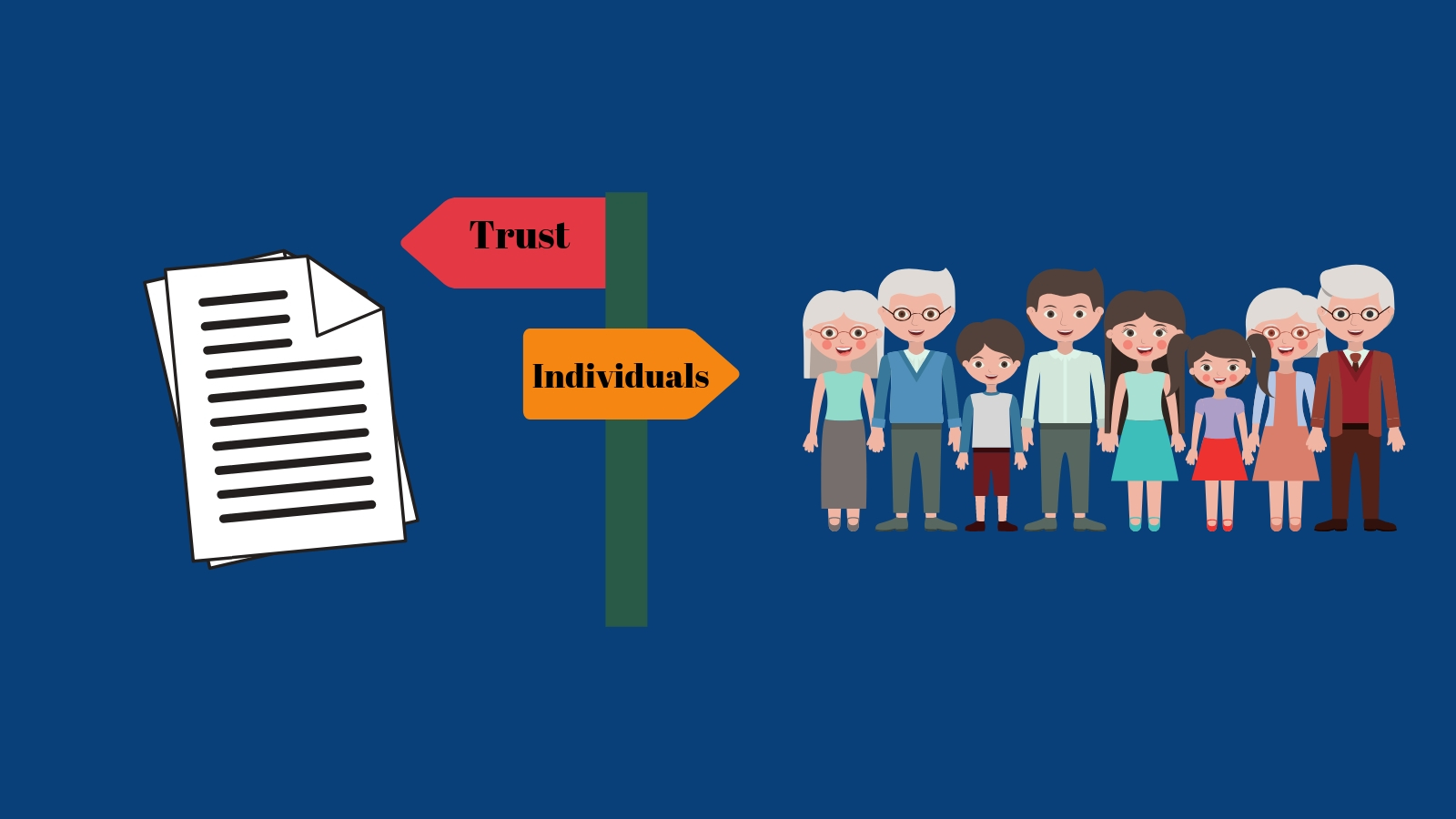The Conundrum of Naming a Trust as a Retirement Account Beneficiary

Naming beneficiaries to retirement accounts is a seemingly simple task, yet it’s quite often misunderstood, especially when it includes a trust. For many individuals, retirement accounts represent the majority of their assets. Therefore, getting this piece of estate planning right is crucial and should not be overlooked.
Common Scenario
For typical family situations, naming a spouse as the primary beneficiary and children as contingent beneficiaries is often the recommended approach. At the account owner’s death, a spouse has the option to roll the assets into their own IRA. Distributions are not required to be taken until the surviving spouse turns 70 ½. At that point, required minimum distributions (RMDs) are calculated based on the surviving spouse’s life-expectancy. In the case of Roth IRAs, no distributions are required with a spousal rollover. At the second death, the IRA can be further passed onto the next generation and distributions are then recalculated based on the child’s life-expectancy. This wealth transfer strategy is often referred to as a “Stretch IRA.” This extension of tax benefits usually results in less taxes and longevity of assets for payout to heirs.
The Stretch IRA continues to be the target of proposed legislation to limit or eliminate the current tax benefit opportunities to non-spouse beneficiaries of retirement accounts. It should be noted that this, like any other tax or investment issue, can only be planned based on laws that are currently known.
Why Designate a Trust?
When a trust is named as an IRA beneficiary the spousal rollover and the ability to “stretch” tax benefits across generations is lost. Essentially, there are no tax savings when naming a trust. In fact, even when properly designed and executed, it’s typical for benefits to be taxed sooner and at a higher rate. So why designate a trust as the beneficiary? One primary reason is to exert control over post-death distributions, often described as “ruling from the grave”. IRA owners may have good reasons to prevent beneficiaries from controlling and receiving payments directly – beneficiaries are minor children, have special needs, or are financially unreliable. IRA owners might also want assets to be disbursed according to a certain schedule or to be used for a specific purpose, such as financing a beneficiary’s education. In the case of a second marriage, a trust can ensure that both a current spouse and children from a previous marriage receive their intended share of the assets. In addition, trusts offer protection against lawsuits, creditors and divorce. Retirement assets benefit from certain state and federal protection during the original owner’s lifetime. Heirs who inherit retirement accounts directly, not through a trust, lose those protections.
Trust Qualification Conditions
Assuming that a trust beneficiary designation fits an individual’s overall objective, careful planning is required to guarantee proper execution. At the death of the retirement account owner, assets should be moved to a properly entitled inherited IRA for the benefit of the trust. RMDs are calculated each year and go from the inherited IRA to the trust. The trustee is then responsible for makings distributions according to the trust provisions. Keep in mind, when a trust is an IRA beneficiary, the annual RMDs will be calculated and therefore taxed according to the life-expectancy of the oldest beneficiary of the trust (who would have the shortest life expectancy). This isn’t problematic with one beneficiary but could be if there are multiple beneficiaries with varying ages.
Also, in order to qualify for this option to stretch minimum payouts to beneficiaries, the trust must have been written to pass the strict “see through” rules.
- The trust must be valid under state law
- The trust is irrevocable or will become irrevocable upon the account owner’s death
- The beneficiaries of the trust are identifiable
- Trust documentation is provided by the trustee of the trust to the IRA custodian by October 31st of the year following the account owner’s death
In addition to the above requirements, the trust must also indicate that distributions from the IRA can only go to individuals - actual human beings with a life expectancy that can be stretched across in the first place. Therefore, it can’t include a charitable organization or some other non-living entity as a beneficiary. Only a human being is considered a designated beneficiary by the IRS for purposes of taking advantage of the stretch IRA provisions. Trusts that fail to pass these requirements must have the retirement assets fully distributed, and the resulting tax paid within a much shorter time frame, potentially five years.
Bottom Line
Retirement account owners must weigh the trade-off of less favorable tax treatment and additional complexity to achieve other financial and estate planning goals. Although designating a trust as a retirement account beneficiary can be an effective estate planning tool, it’s effective only if all the parties involved – the retirement account owner, the custodian, the trustee and the attorneys drafting the trust and representing the beneficiaries – agree on the interpretation and implement it correctly. Not only is it important to seek the assistance of competent advisors, but to make sure all the implications are understood.
Comments
Market Knowledge
Read the Blog
Gather insight from some of the industry's top thought leaders on Exchange Capital's team.
Exchange Capital Management, Inc.
110 Miller Ave. First Floor
Ann Arbor, MI 48104
(734) 761-6500
info@exchangecapital.com



